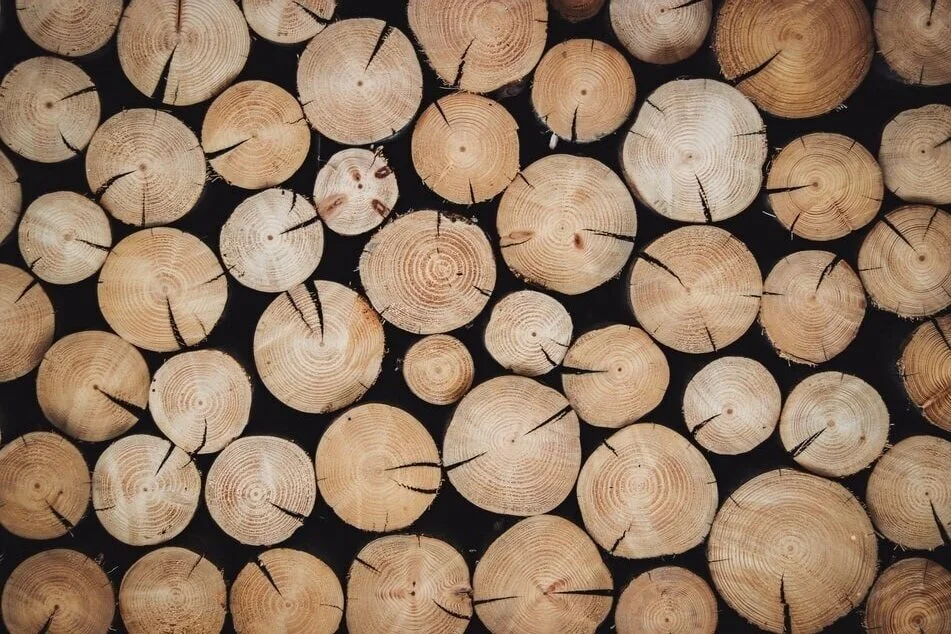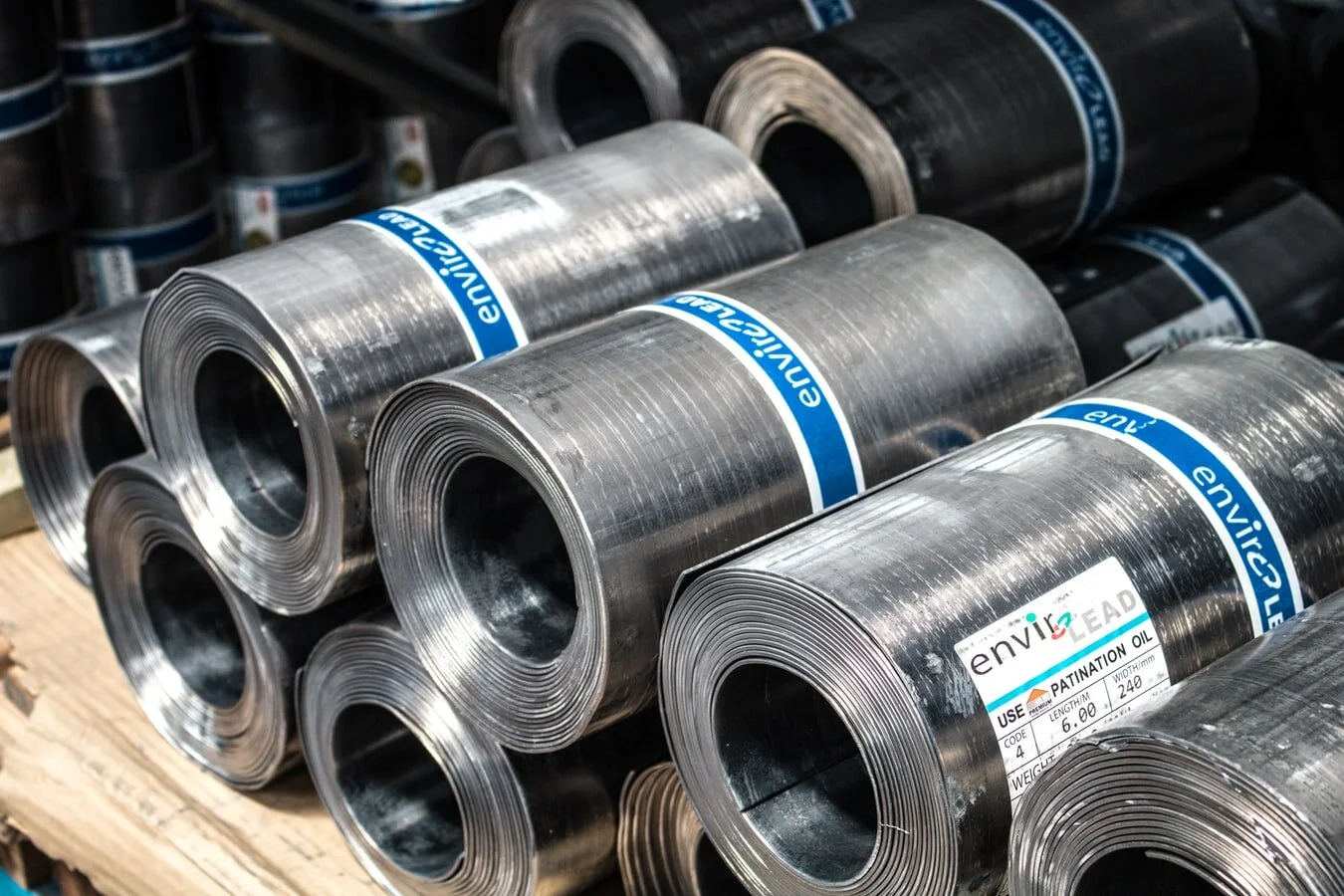5 Most Durable Building Materials for Residential Construction
Building a home or any residential area requires careful planning and meticulous building. Different materials will yield different results. No matter what homeowners are looking for, materials like wood and stone have numerous possibilities — by themselves and by combining them. These are the five most durable building materials that have withstood the test of time.
1. Wood
image © unsplash
Wood is a versatile building material that comes in many different varieties. From pine to heavy-duty lumber, the possibilities are seemingly endless. Wood is invaluable for creating a sturdy, long-standing home that is also light and cozy.
One key benefit of wood is that it can accent a home well. Use it for moldings or walls to create a dynamic environment. However, it can also be the sole material for a home, like with log cabins.
The downside to wood is that, although it's sturdy and great for locking out moisture, it will decay over the years. Still, it's a durable investment for any residential area.
2. Brick
image © unsplash
Brick is one of the oldest building materials in history. In fact, it dates back thousands and thousands of years into the B.C. era. There's a reason for this long-lasting use — brick is sturdy and reliable, and a simple way to build a place of residence.
This material is resistant to harsh weather conditions. If a storm comes around, the brick provides a layer of protection. Additionally, brick is invaluable for keeping heat inside a home — it's the same concept as a brick oven that traps heat within. Anyone who lives in a colder area can benefit from brick.
Brick is durable, but it does erode and chip after several years.
3. Stone
image © unsplash
While brick is strong, stone is a bit stronger. It's another old material that has held its ground throughout the years. It's a heavy-duty material that gives homes and residential areas a unique look. Plus, it will last for countless years — so the homeowner shouldn't have to worry about issues arising.
Though stone stands out for its elegant appeal, it is expensive. The quarrying process involves excavating, moving and cutting, and these costs add up. Instead, more buildings have turned to synthetic stone in recent years. It has a similar look but is cheaper and lighter.
Regardless, stone doesn't require mortar the way brick does. It still stands out as one of the most durable options.
4. Concrete
image © unsplash
Concrete is relatively new in comparison to the other materials on this list so far. However, it has quickly made a name for itself in the construction industry. As a durable, inexpensive option, concrete stands out for building.
Reinforced concrete offers even more appeal. Adding rebar inside the mixture of concrete before it solidifies makes it stronger and longer-lasting. For instance, a house withstood 220 mph winds during Hurricane Katrina due to its concrete nature.
Pre-cast concrete, too, makes it more moldable and reusable — increasing its value. However, concrete can crack over the years, so it's important to monitor it and repair any damage in brittle spots.
5. Steel
image © unsplash
Finally, steel is also on the newer end of materials. During the Industrial Revolution in the United States, steel became one of the most valuable resources for building in the world. Ever since, it has stayed on top as a reliable and durable material.
Steel has many purposes. Whether it's a beam or the entire structure of a building, it's strong and sure to withstand the years. For homes, steel makes for a faster building process since it's abundant and cost-effective.
Steel is almost always less fire-resistant than the other materials on this list – even wood. Otherwise, it's a strong investment that will last a while.
Choosing the Right Materials
The materials that architects, engineers and construction workers use will depend on location, funding and resources. A colder location might use brick to store heat. A heavily forested area might thrive with wood as the primary material. Building is a creative process that requires the best materials — and these five represent exactly that.
About the Author: Emily is a green tech writer who covers topics in renewable energy and sustainable design. You can read more of her work on her blog, Conservation Folks.
cover image © pixabay







![sm[ART]box sustainable self-cooling design project comes to Cal State Long Beach in December 2020](https://images.squarespace-cdn.com/content/v1/5820b938d482e9a9a7034dea/1605106816791-TH984OCW9AKESWEC6W4F/smartbox_rendering_showing_pyramid.jpg)



